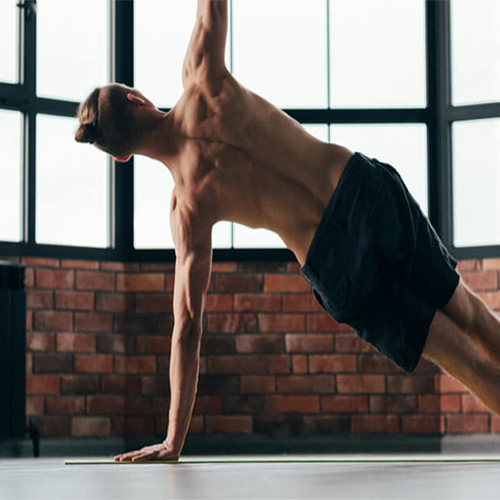When it comes to reducing abdominal fat, it is simple to feel overwhelmed by the wealth of advice available. You are not, however, alone. Everyone wonders what they can do to lose belly fat, and they also doubt what they do is practical.
These thoughts and uncertainties can be puzzling since belly fat may affect general health and well-being. By defining abdominal fat and describing how to exercise, particularly core exercises, might act it, we hope to help you make sense of this problem. Continue reading to discover additional ways you may start reducing your belly fat right away.

Defining abdominal fat and its effects on health.
Subcutaneous and visceral fat are the two forms of fat in your body. You may grab the subcutaneous fat with your hand, located just beneath your skin. Visceral fat, abdominal fat, is found farther down in your stomach.
The fat that surrounds your abdominal organs is called visceral fat, which directly affects your health. For instance, it might affect how the body reacts to insulin, raising blood sugar and insulin levels. Additionally, it can result in high cholesterol and heart problems. 1 Consequently, your waistline is more significant than your weight.
This results from visceral fat flooding your body’s organs with free fatty acids, which the cells can’t process. Numerous health issues may arise as a result. When visceral fat accumulates around the waist, you risk developing diabetes, insulin resistance, heart disease, stroke, heart attack, and other conditions. Visceral fat has various effects since it surrounds the organs in the stomach’s deep chamber.
As an illustration, the liver creates all the various forms of cholesterol in the body from fat. Normal levels of fat and cholesterol are essential to the body because they are needed to produce hormones, assist in the formation of human tissues, and aid in the production of bile, which is used to absorb fat and fat-soluble vitamins from the food you eat. But when LDL, or bad cholesterol, levels in the blood are too high, it builds up in the arteries and causes them to stiffen and narrow. Atherosclerosis is the medical term for it.
Insulin resistance, which can turn into type 2 diabetes, may also be brought on by abdominal obesity. How much visceral fat there is more critical than being overweight. Those who are considered to be overweight don’t always have a normal BMI (body mass index); some people do.
It has also been demonstrated that insulin resistance increases with high levels of a particular protein (retinol-binding protein 4). Having more of this specific fat raises your risk since visceral fat secretes this protein.
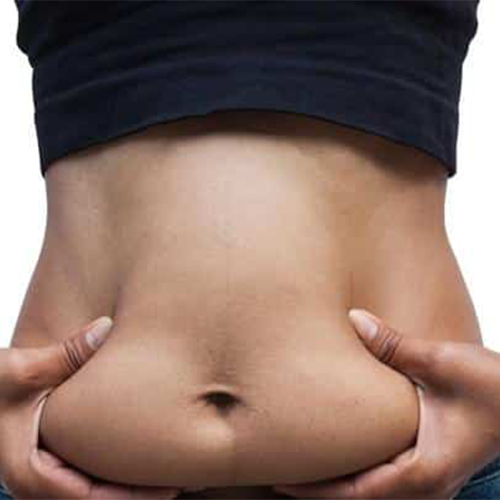
How to Lose Belly Fat Through Nutrition.
While you have no control over your genetics, which may affect where you store fat, you have control over what you eat and how much you move. Exercise and a healthy diet together will help reduce belly fat.
While you don’t need to restrict your daily caloric intake to 1,000 to 1,200 as you would with a hypocaloric diet, diet and exercise can help you lose visceral fat. Studies show that a workout regimen without this deficient calorie intake can reduce belly fat. For best outcomes, the level of exercise intensity should be between moderate and strenuous.
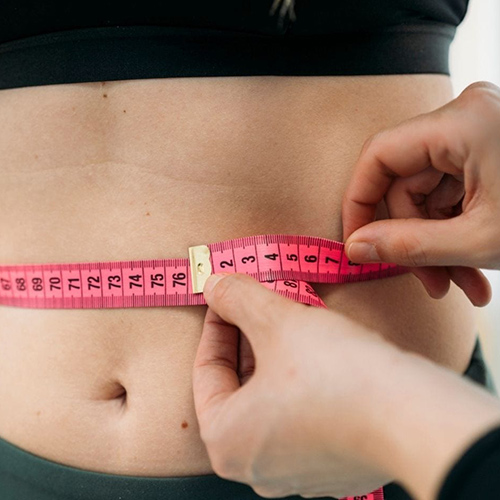
Here are some strategies you can do to help lose belly fat.
Reduce your intake of carbohydrates.
Limiting carbohydrates may aid in reducing belly fat, according to some research. A study indicated that the low-carb diet significantly outperformed a low-fat diet to lower belly fat. This study contrasted a diet with 43% carbs and a diet with 55% carbs.
Remember that a low-carb diet does not have to contain any carbohydrates. It can be as simple as consuming less simple processed carbohydrates while increasing your consumption of complex carbohydrates with more fiber.
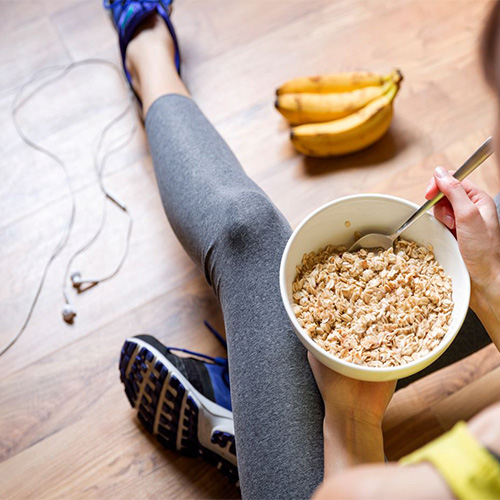
Add more fiber.
You can lose belly fat by eating more fiber. A 2012 study found that adding 10 grams of fiber to your diet daily could reduce your chance of acquiring belly fat by as much as 3.7%. According to the Dietary Guidelines for Americans, at least 14 grams of fiber should be consumed for every 1,000 calories you consume each day. For instance, 2,000 calories a day would require 28 grams of fiber.
Try including more whole grains in your diet to up your fiber intake. Oats, barley, quinoa, wild rice, brown rice, farro, and popcorn are a few examples of entire grains.

lowering sugar.
Additionally, increasing visceral fat is directly related to added sugar. Drinks with added sugar have a more significant impact on belly obesity than those without. A daily drink is linked to more excellent visceral fat, even while the occasional sugar-sweetened beverage does not affect visceral fat.
It’s a brilliant place to start since sugar-sweetened beverages are a significant source of added sugar. The daily limit for males and women is 36 grams and 25 grams, respectively.

Exercise Tips to Reduce Abdominal Fat.
If you want to reduce and prevent visceral fat effectively, add regular exercise to your routine since diet alone does not permanently eliminate abdominal fat. But bear in mind that you usually won’t be able to focus solely on the abdomen. Your exercises will instead help you lose body fat all around.
Spot reduction in exercise refers to shedding fat in a specific location, like the abdomen. It’s not possible to lose fat exclusively in one place of the body, even though exercise can generally reduce abdominal adiposity or excess fat in the abdomen. An overall workout schedule is necessary. One study, for instance, found that after a 12-week fitness regimen, participants’ abdomen fat decreased. They used a bicycle for 45 minutes of exercise many times per week.
You don’t, however, have to purchase an exercise bike. Any regular exercise training has the potential to reduce belly fat. Additionally, core strengthening in your exercise regimen may help you tone up your stomach, while aerobic workouts help you lose body fat overall.

Exercises for the Core and How to Do Them.
You can use a variety of core exercises to strengthen your core and help you reach your goals.
Including sit-ups, burpees, and threading the needle in your training routine is advised by a licensed personal trainer from Anywhere Fitness and EMT Paramedic.
He says there are several reasons why you should work on strengthening your core. For instance, your abs are responsible for your balance and coordination, and your core muscles stabilize movements, he claims. An injury-resistant lower back is another benefit of having a solid core. Walker continues, “Training your core muscles improves hip and pelvic function. This expands our range of motion for flexing, extending our legs, and rotating our bodies.
You can utilize the exercises shown below to help strengthen your core. Be sure to consult a healthcare professional before modifying your exercise regimen. A licensed personal trainer is someone else you might want to speak with. Both can help you decide which exercises are ideal for you and your circumstances.
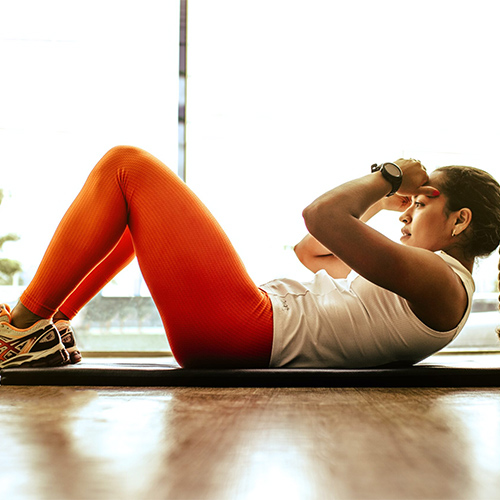
Forward Plank.
Walker argues that the front plank is essential for building and enlarging the core muscles. It exercises the back, shoulders, arms, and legs in addition to the abdominal and oblique muscles, making it a full-body exercise.
He claims the plank is excellent for enhancing posture and maintaining a muscular balance and wellness.
The plank is an efficient, non-invasive exercise that can activate all your core muscles, so trust me.

Cycling Crunch.
The lower and upper abdominal muscles can be severely fatigued by bicycle crunches, according to Parvi. Additionally, she claims that they work best when your breathing is in a rhythmic, profound complement to your action.
Walker also suggests the bicycle crunch, calling it one of the best dynamic core workouts because it works all four abdominal muscles simultaneously. Because your feet are elevated, it even targets your lower abs. Your heart rate is kept up by alternating movements, which is essential for burning calories.
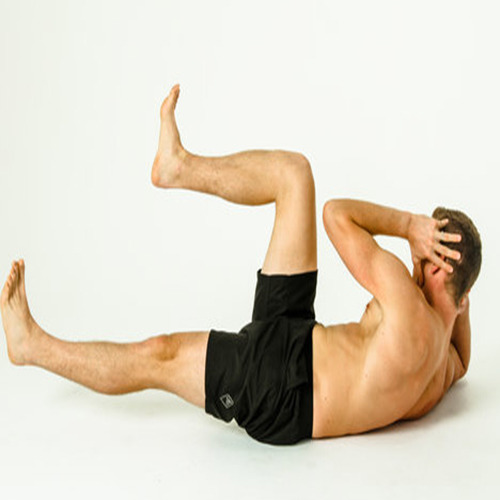
Sit-Ups.
Oblique and transverse abdominal muscles are the focus of sit-ups. Additionally, they exercise your chest, lower back, and hip flexors.
According to Walker, sit-ups are one of the best workouts for building and toning the muscles that stabilize the core.
Organize the Needle.
Along with working your core, the thread-the-needle exercise also works your lats, deltoids, and obliques. A solid aerobic workout is another benefit.
According to Walker, “the ‘thread the needle’ plank exercise is a very adaptable workout that develops muscular stability and strength in the core.” Additionally, “it increases your range of motion and improves your functional torso rotation capacity.”
